Some people glide down the sidewalk while others shuffle along at a crawl. Turns out this difference could determine how long you live. Health experts now call walking speed the “sixth vital sign” because this simple measurement predicts your future health better than many expensive medical procedures. What makes this even better is that you don’t need any needles or doctor visits to get this information. Just go at your normal pace and your body gives away important health clues with every step you take.
Why Speed Predicts Your Lifespan

Dr. Peggy Cawthon studies how people age and stay healthy. She doesn’t mince words: “The speed you walk is related to your risk of dying.” Cawthon has spent years researching this connection, and her findings prove this link is real. When scientists tracked hundreds of thousands of people in a 2023 study, faster walkers had 30-51% lower death risk. Your morning stroll to grab coffee exposes information about inflammation, muscle strength, and heart health that you don’t even know exists. Think of your gait as a biological report card, grading systems throughout your body. As Cawthon explains: “Folks who can keep up the pace are likely to stick around longer.”
The 3 MPH Sweet Spot
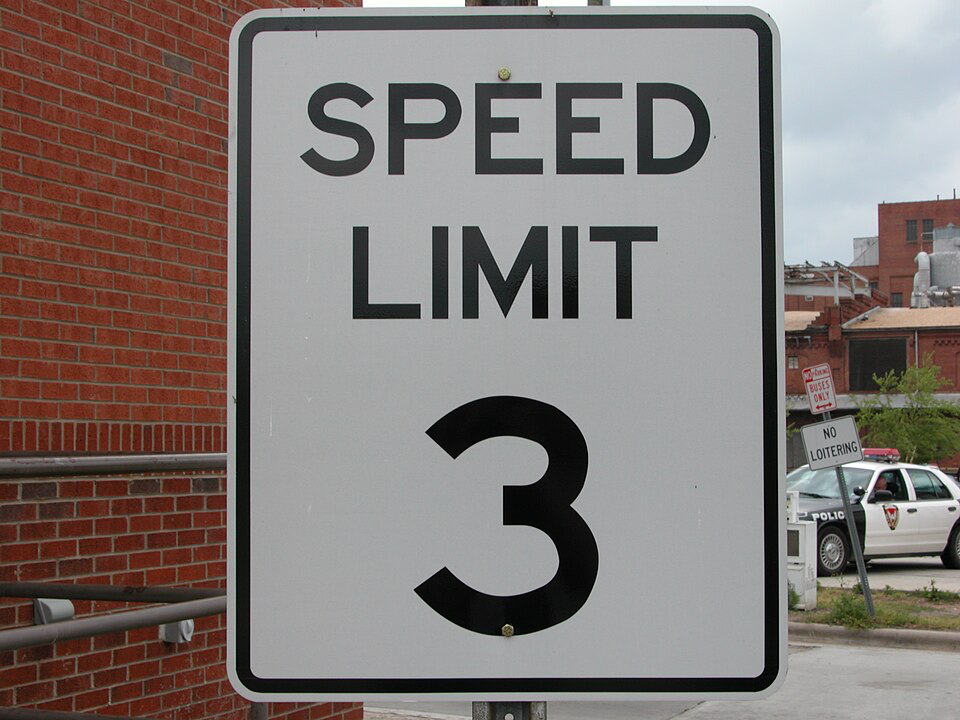
So what’s fast enough? Janet Van Swearingen, a physical therapist who studies human movement, has the answer. Through years of biomechanical research, she’s identified 1.3 meters per second as optimal. Not great with math? That’s roughly three mph. This pace maximizes health benefits while staying sustainable for most adults.
Read More: 9 Walking Mistakes You Didn’t Know You Were Making
How to Measure Your Walking Speed
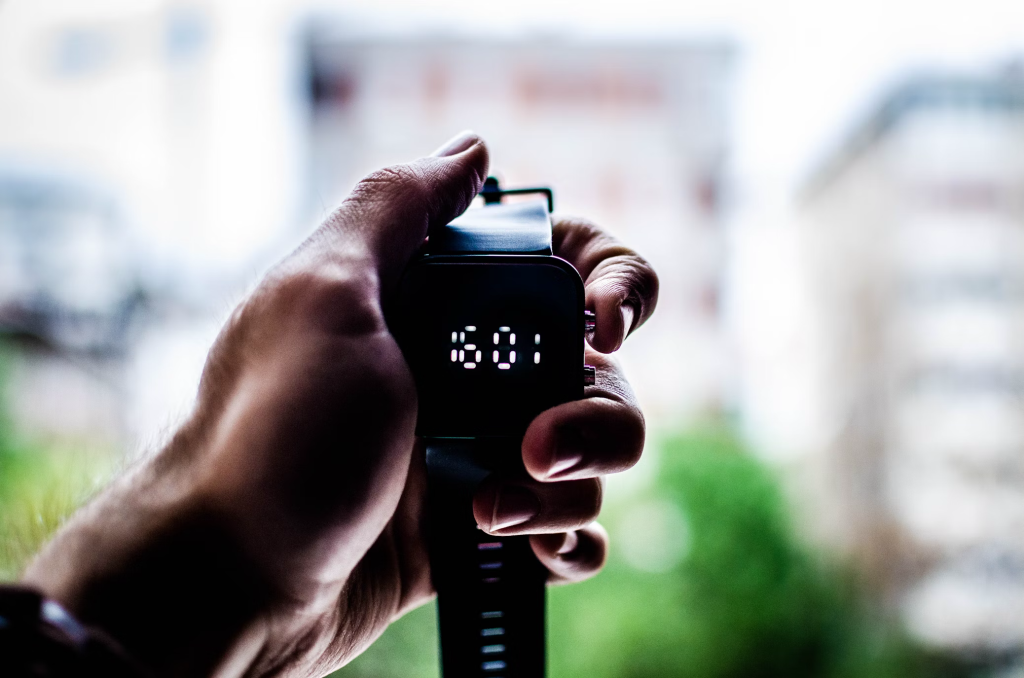
Of course, before you can improve your pace, you need to know where you stand. The simplest method requires nothing more than a smartphone timer and a known distance. Find a 100-yard stretch of sidewalk, or use a football field as your measuring stick. Time yourself moving at your normal, comfortable pace from start to finish. Divide the distance by your time to get your speed. Most fitness trackers and smartphone apps calculate this automatically during your daily activity, giving you real-time feedback without the math. Look for your average pace in the activity summary.
Read More: A 21-Day Walking Plan for Fat Loss
What Your Pace Should Feel Like
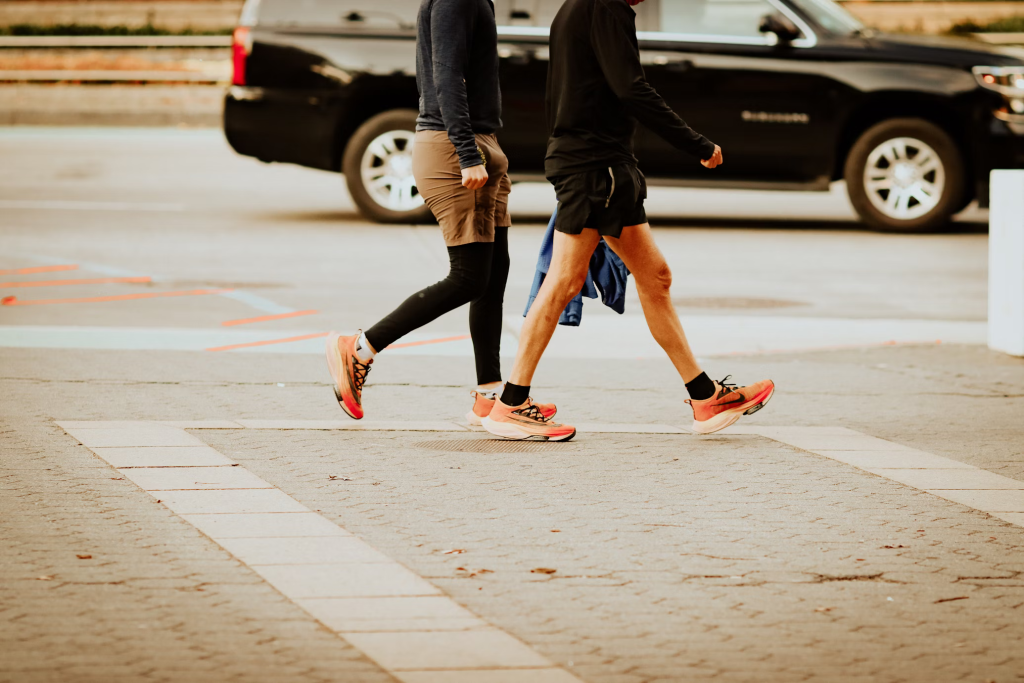
If you prefer the low-tech approach, focus on how the movement feels. You should be able to carry on a conversation without struggling to breathe. If you’re breathless, you’re pushing too hard. If you could easily sing a song, you probably have room to pick up the pace. Establishing your baseline speed helps you set realistic improvement goals. Most people discover they move slower than they think, which makes the health benefits of speeding up even more attainable.
Cut Your Diabetes Risk by 39%
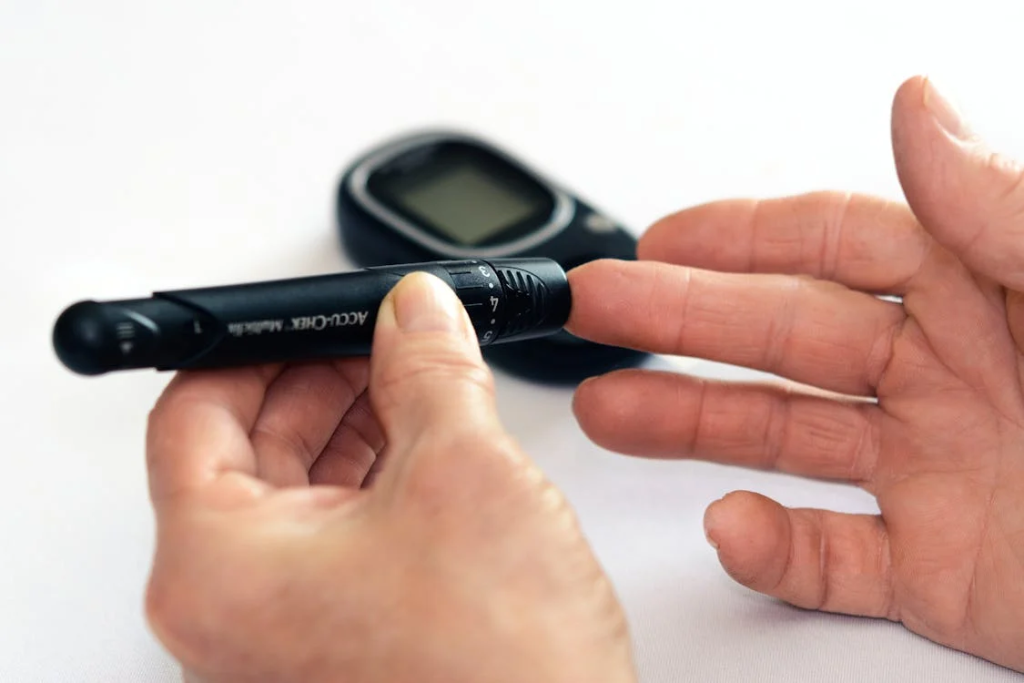
The diabetes connection might surprise you. A massive 2024 study in the British Journal of Sports Medicine analyzed over 500,000 people and found something unexpected. Walking faster than four mph cut type 2 diabetes risk by 39% compared to casual strolling under two mph. That’s nearly cutting your risk in half through intentional movement alone. Why does this work? It triggers metabolic changes that improve how your cells handle insulin and glucose. Your pancreas works better when your legs move faster. It’s like giving your body’s sugar-processing system a tune-up with every brisk stride.
Read More: How Walking Can Help You Lose Weight and Keep It Off
Why Pace Beats Step Counting
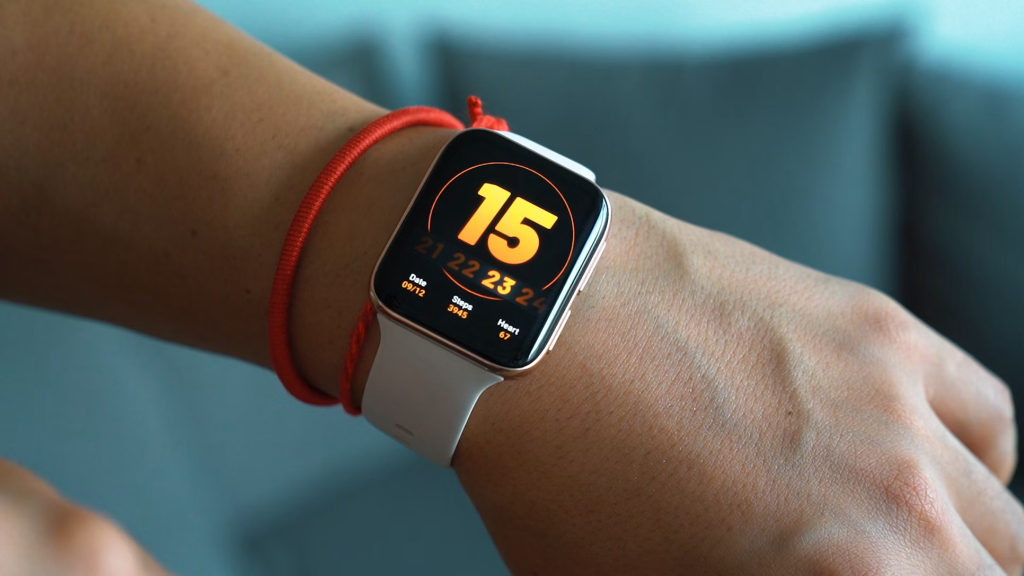
Before you throw out your step counter, consider this. Everyone obsesses over 10,000 steps, but research shows speed trumps distance. It wakes up muscle fibers that gentle strolling never touches. It forces your heart to pump more efficiently. Compare it to weight lifting versus gentle stretching. Both have value, but only one rebuilds your body from the ground up. Your physiology adapts to whatever demands you place on it. Gentle demands lead to gentle results.
Van Swearingen’s 10% Speed Boost
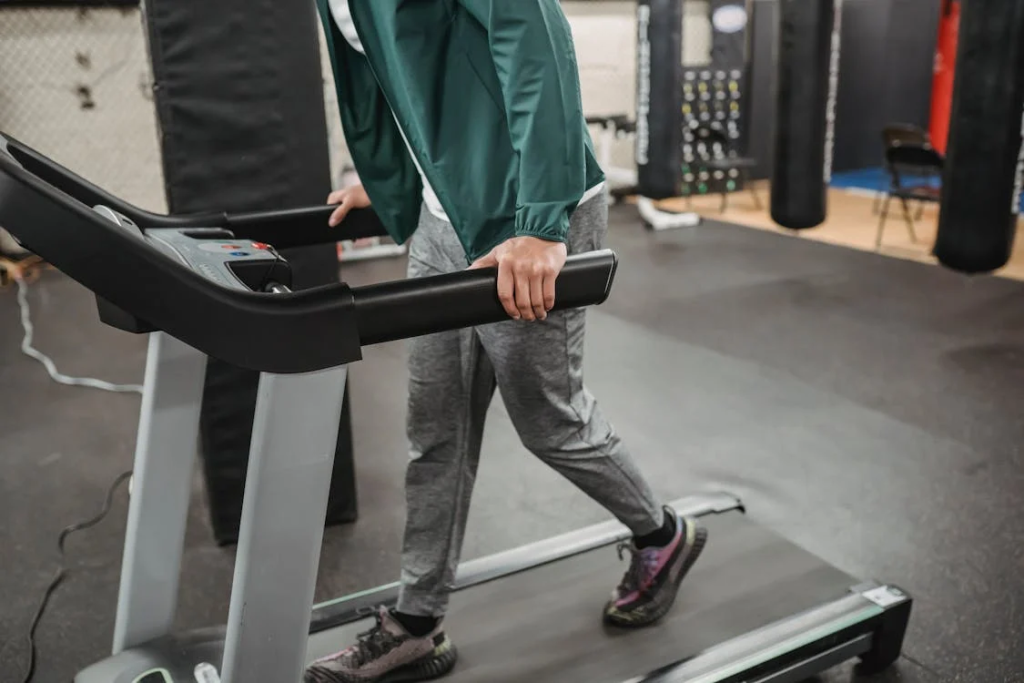
Fortunately, Van Swearingen has a brilliantly simple trick for people who want to improve without overhauling their entire routine. During your regular movement, bump your speed up 10% for one minute, then settle back to normal. That’s it. No equipment, no complex protocols. This builds what exercise scientists call “reserve capacity” and gradually pushes your baseline speed higher. Your cardiovascular system adapts faster than you’d expect to these brief challenges. Small doses of effort create lasting changes.
Your Brain Controls Every Step

Most people never consider this connection. Walking isn’t about your legs alone. On-Yee Lo, who researches aging, explains that every step requires seamless coordination between hundreds of muscles, dozens of joints, and neural networks throughout your body. This complexity makes speed such a powerful indicator of health. What’s more, when your brain starts struggling, your pattern often changes first, before memory issues or other symptoms appear. Your stride becomes an early warning system, transmitting neurological health in real time.
McCall’s Daily Movement Rule

Pete McCall sees it differently than most fitness experts. As Director of Education at EōS Fitness, he compares the daily movement to brushing your teeth because both are essential daily maintenance that prevent bigger problems later. McCall learned this the hard way when he discovered that skipping movement for too long makes his body rebel with stiffness and arthritis flares, while staying active keeps his joints lubricated and inflammation manageable. “It’s almost like brushing my teeth,” he says. “If I don’t do it for a day or two, I notice.” Your body operates like any complex system. Use it or lose it.
The Treadmill Training Trick
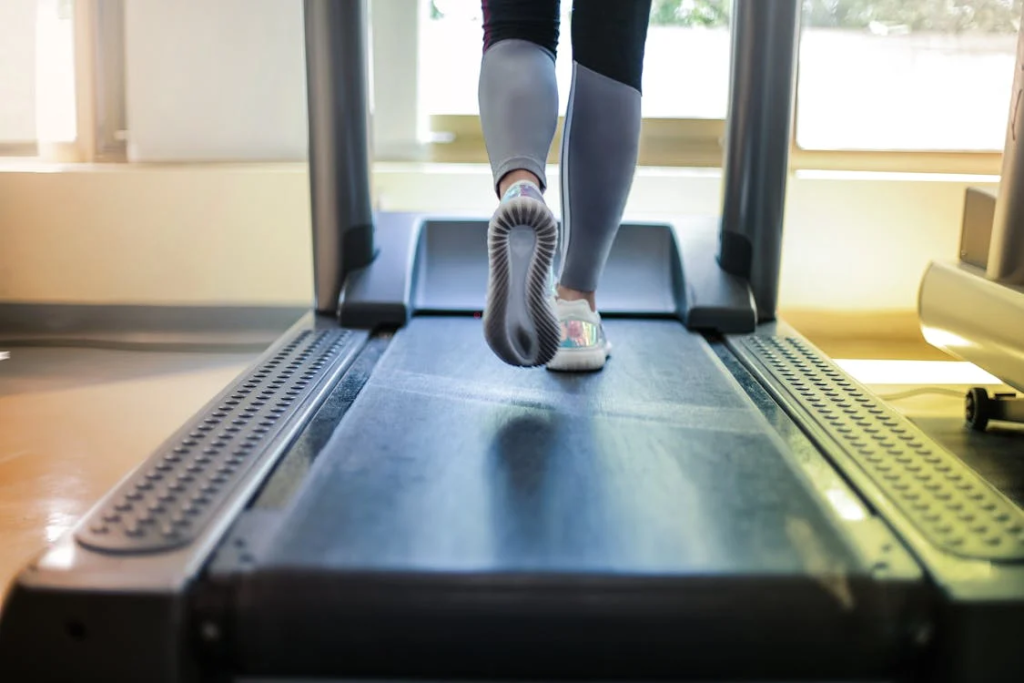
Finally, one last insight from Van Swearingen, and this one’s clever. Treadmills make surprisingly good walking coaches. “It drags your foot behind you and makes you take a step,” she explains. The moving belt teaches proper mechanics through repetition until your muscles remember the pattern. Think of it as having a patient instructor built into the machine, giving constant feedback through feel rather than words. Sometimes the best teacher is the one who doesn’t need to say anything at all.

